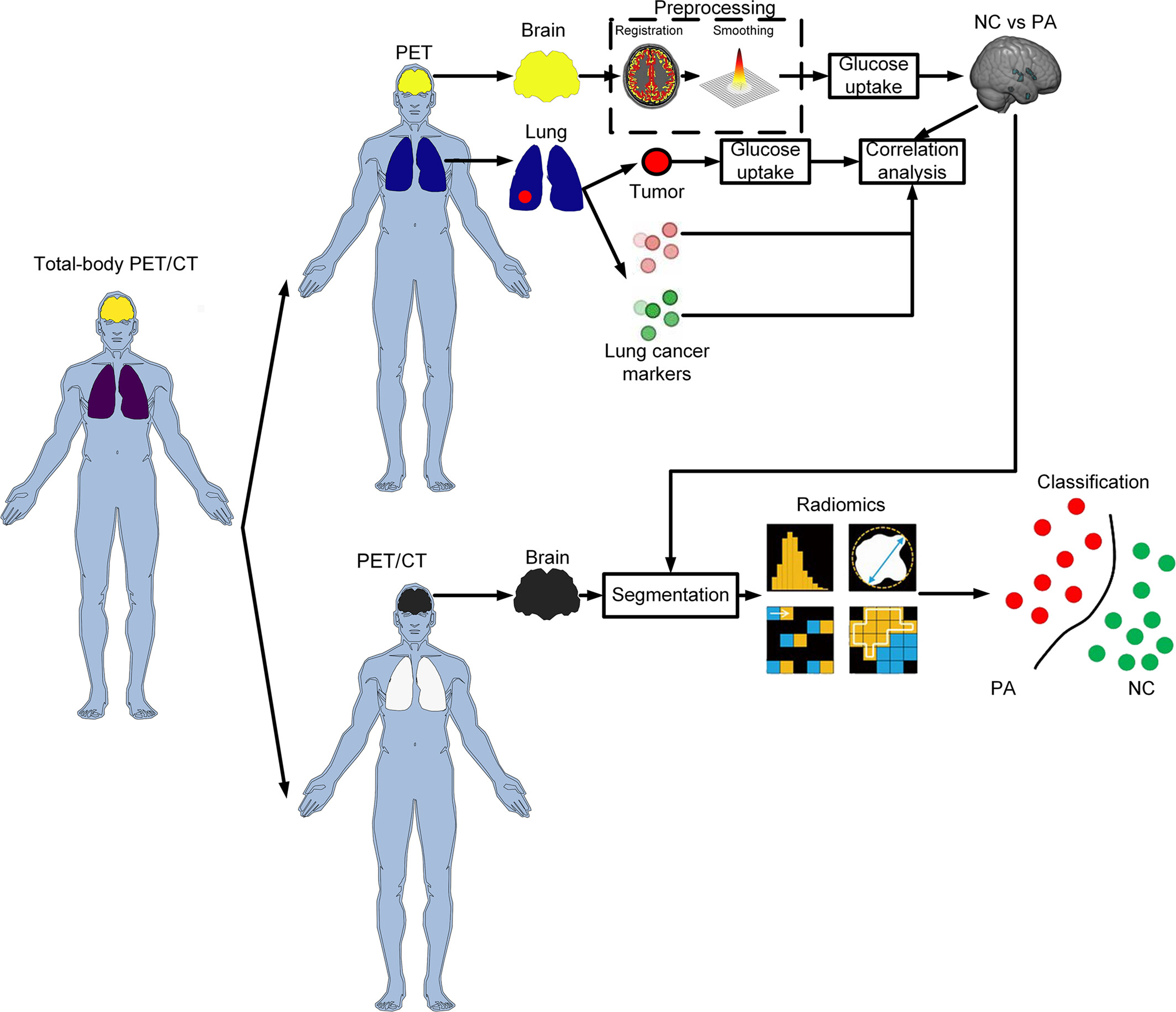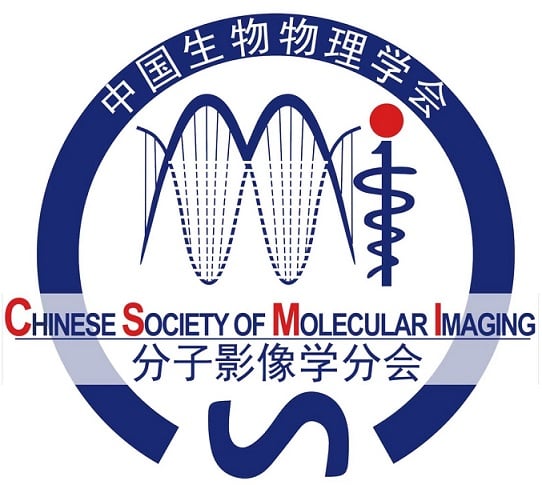Journal list menu
Export Citations
Download PDFs
Table of Contents
Metabolic and textural changes in the brain of non-small cell lung cancer patients: A total-body positron emission tomography/computed tomography study
- First Published: 06 June 2023
Molecular imaging for cancer immunotherapy
- First Published: 27 March 2023
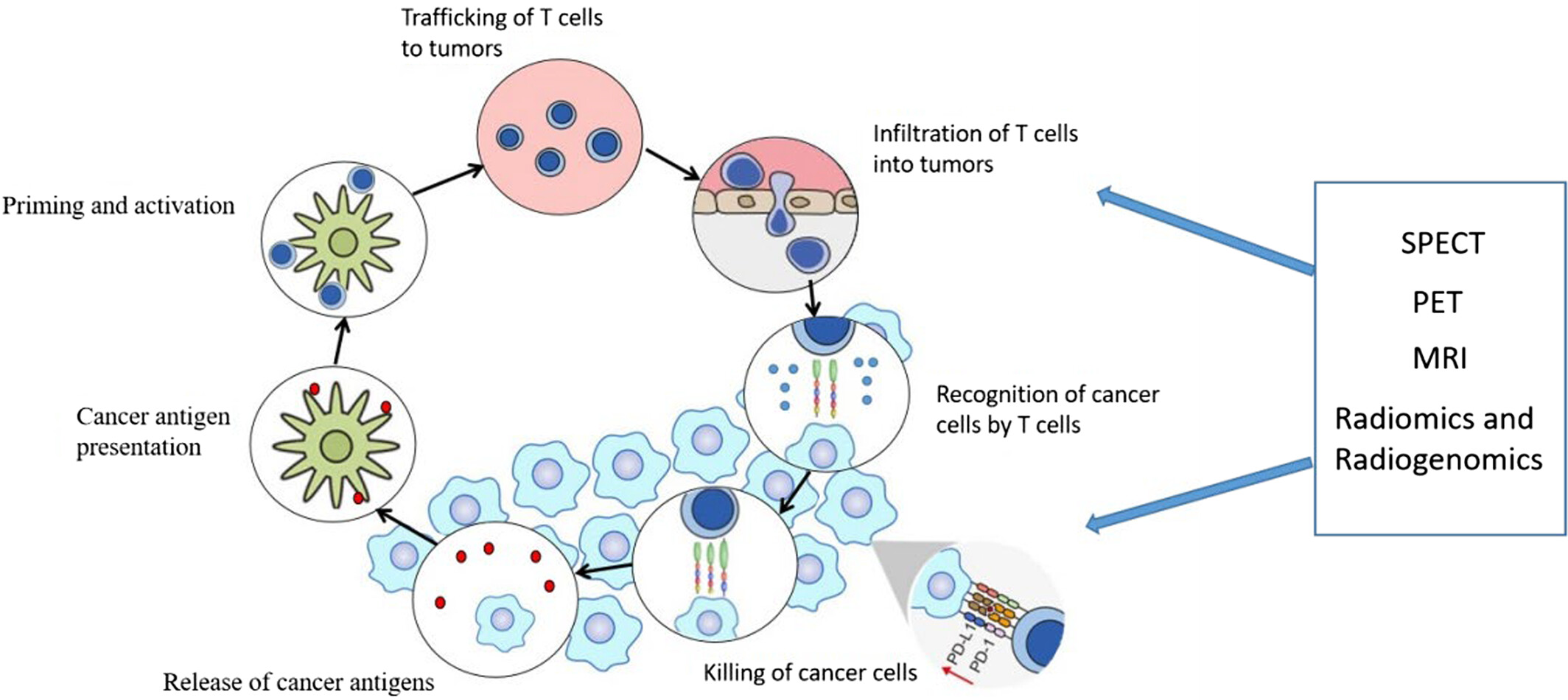
The efficacy of immunotherapy is often affected by tumor heterogeneity. The noninvasive molecular imaging can also monitor the treatment response of tumors, and achieve personalized response assessment, which may lead to perfected clinical management, development of individualized treatments, and reliable prognosis at last. This article reviews recent researches in immunotherapy response assessment, immune T cell imaging, immune checkpoint imaging, and radiomics/radiogenomics in immunotherapy. So far, these studies are primarily exploratory preclinical imaging, and preliminary results indicate that biomarker molecular imaging may play a role in the assessment of immunotherapy, and the principle of selecting patients for immunotherapy based on imaging results is feasible.
Correlations behind macrotrabecular-massive and vessels encapsulating tumor cluster patterns in hepatocellular carcinoma
- First Published: 27 March 2023

Macrotrabecular-massive hepatocellular carcinoma and vessels encapsulating tumor clusters-hepatocellular carcinoma are two recently discovered pathological changes in hepatocellular carcinoma, both of which are more malignant than other types of hepatocellular carcinoma. They often exist with each other; while studies on both patterns are relatively rare, improving their correct diagnosis is very useful for clinical purposes. Therefore, we hope to improve the understanding of these pathological changes through this review.
Radiomics in colorectal cancer
- First Published: 07 September 2023
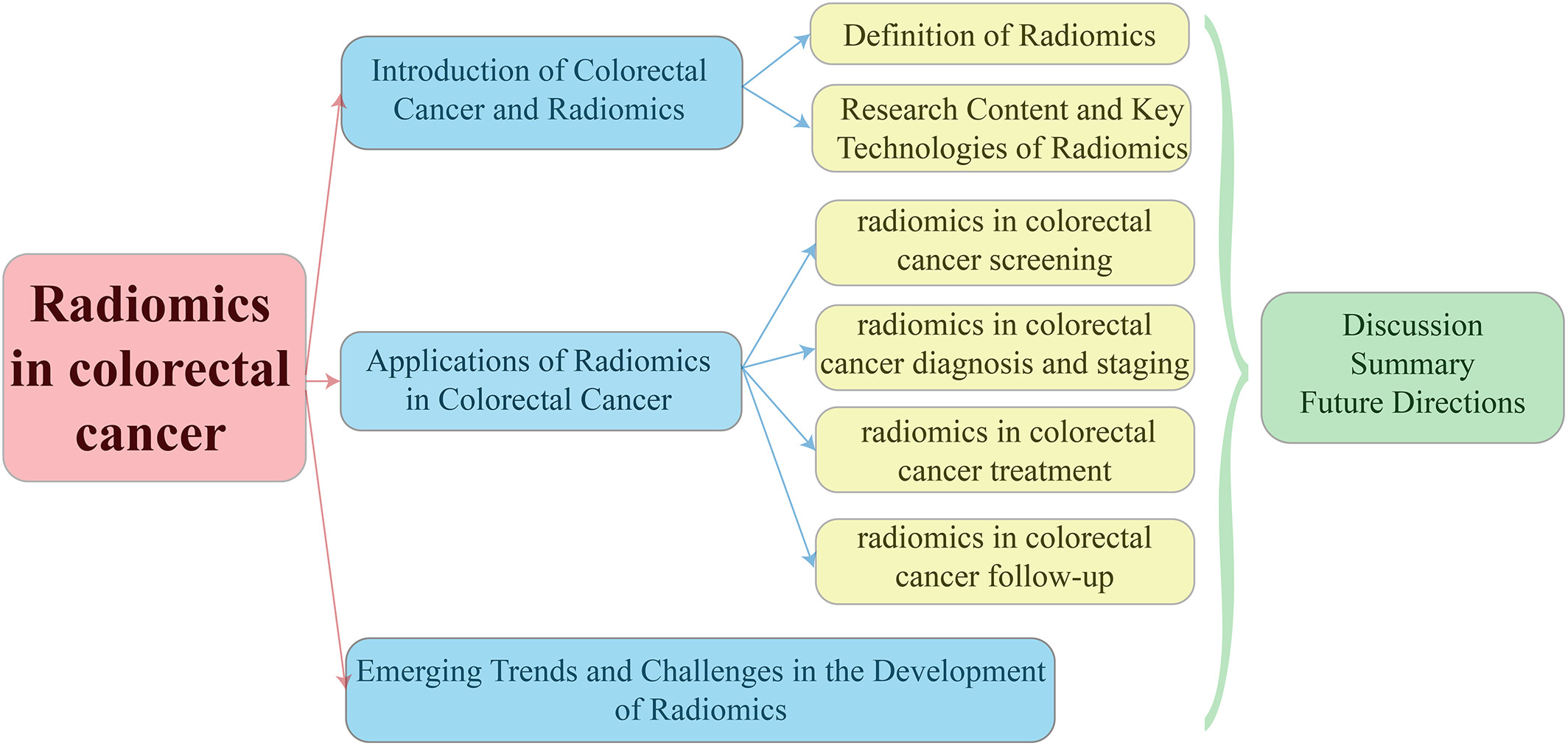
This review covers the role of radiomics in CRC diagnosis, staging, treatment response assessment, and prediction of treatment outcomes, and also discusses the challenges associated with implementing radiomics in clinical practice and highlighted the need for standardization and validation in this field. Furthermore, the review explores future directions, such as the integration of artificial intelligence and machine learning algorithms, which can further enhance the capabilities of radiomics in CRC.
Alpha-emitters and targeted alpha therapy in cancer treatment
- First Published: 22 August 2023

This review provides a comprehensive overview of the most promising α-emitters, including 223Ra, 211At, 225Ac, 213Bi, 212Pb, and 227Th, and describes their production and radiochemical design and preclinical research and the most recent clinical studies. The main objective was to evaluate the potential utility of these α-emitters for targeted α-therapy.
Application and progress of X-ray, computed tomography, and magnetic resonance imaging radiomics in osteosarcoma
- First Published: 13 September 2023

Osteosarcoma is the most common primary malignant bone tumor, often associated with a poor natural prognosis. Imaging techniques such as X-ray, computed tomography, and magnetic resonance imaging have become essential tools in the diagnosis and treatment of osteosarcoma. The development of imaging informatics techniques, including machine learning and deep learning, has enhanced the role of medical imaging in assisting physicians with early diagnosis and treatment evaluation. This advancement further improves the diagnosis and treatment of osteosarcoma patients, facilitating more personalized care.
In vivo visualization of immunosuppressive cells in the tumor microenvironment
- First Published: 11 September 2023
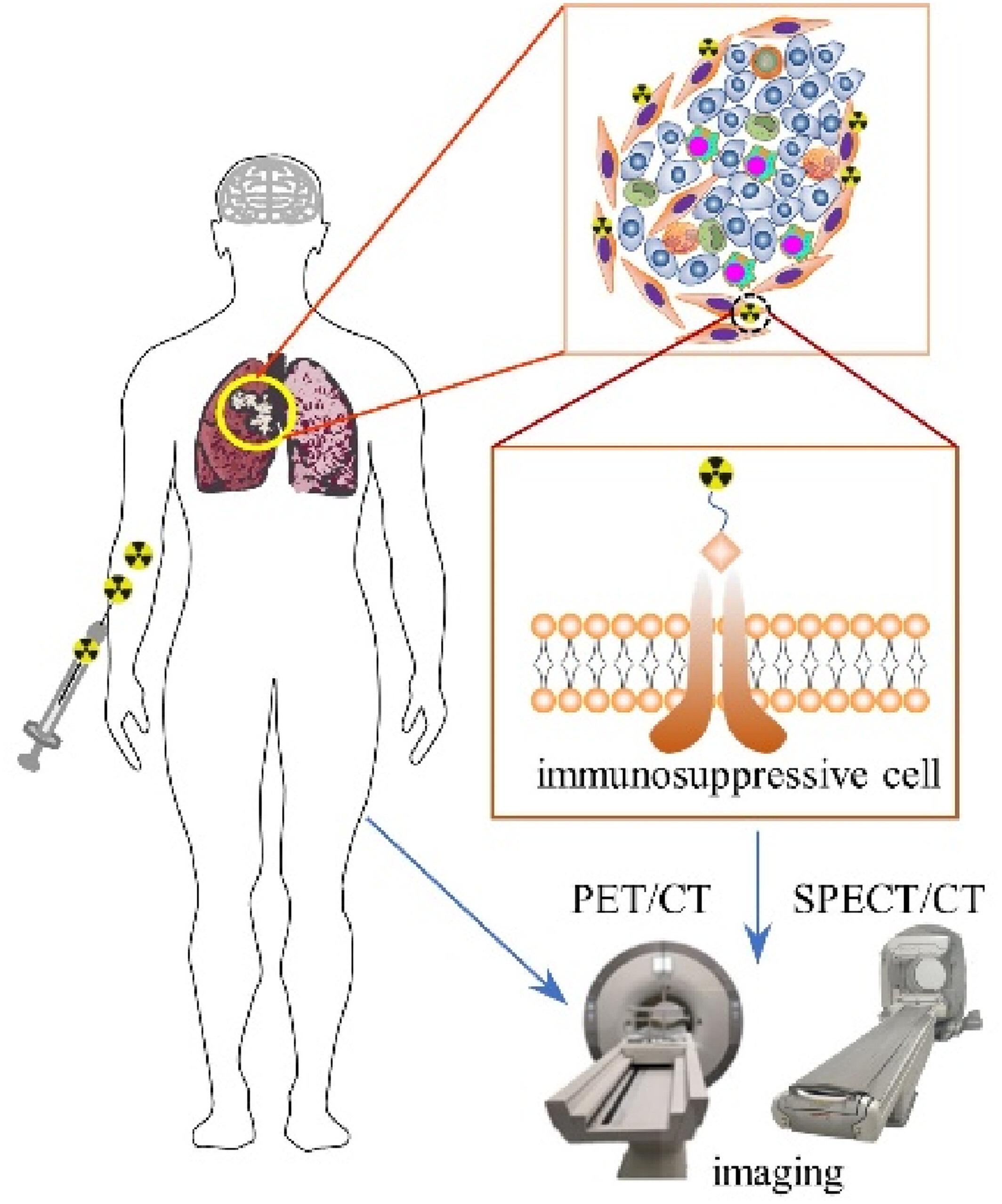
The tumor-permissive and immunosuppressive characteristics of immunosuppressive cells have fueled interest in therapeutically targeting these cells. Thus, there is an increasing need to visualize and analyze immunosuppressive cells in vivo noninvasively. Approaches such as single-photon emission computed tomography/computed tomography and positron emission tomography/computed tomography allow accurate detection of tumor microenvironment components noninvasively.
Super-stable homogeneous embolic agents advance the treatment of hepatocellular carcinoma
- First Published: 15 June 2023
11C-MET PET and 18F-FDG PET characteristics of chordoid meningioma
- First Published: 19 March 2023




2834-2879.oncology-therapeutics.cover.gif)
